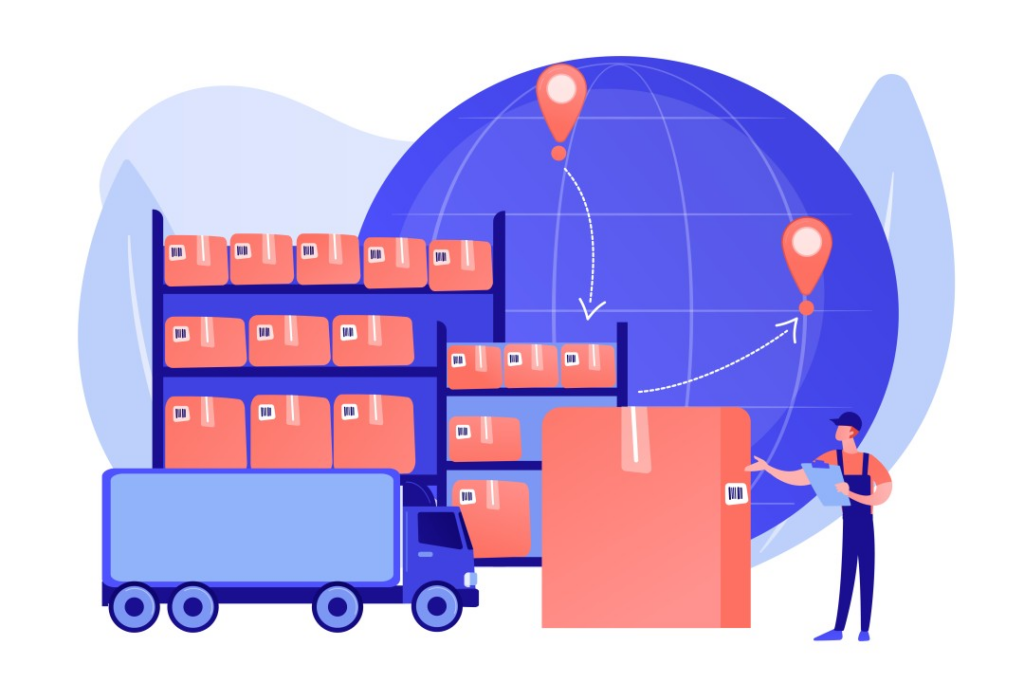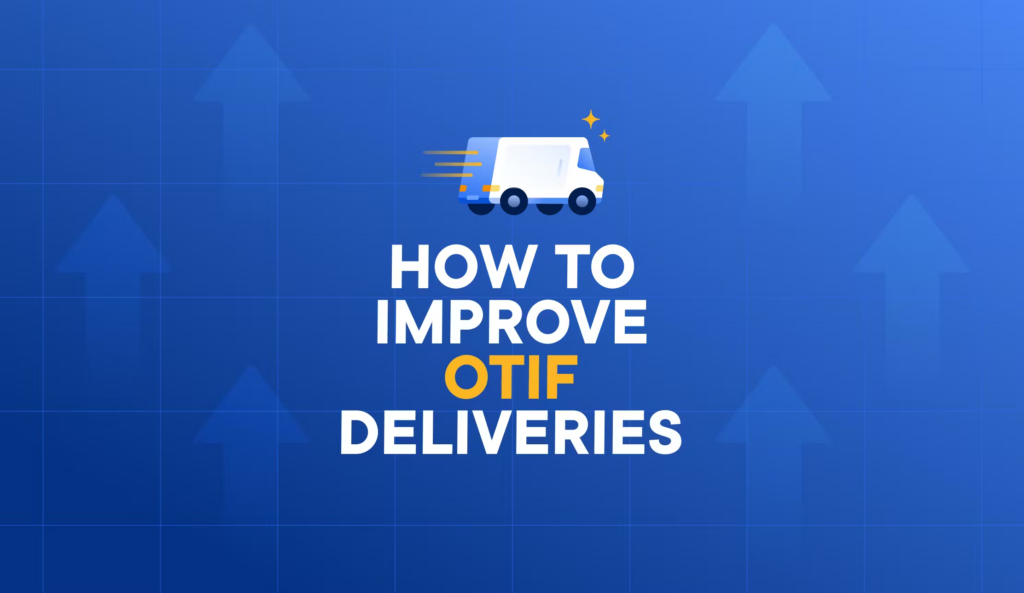
In the rapidly evolving world of ecommerce, businesses are continually seeking ways to optimize their operations and enhance customer satisfaction. Among the many performance metrics that play a crucial role in the success of an online retailer, one stands out as a game-changer – OTIF, which stands for On-Time In-Full. OTIF is a key performance indicator that measures the efficiency of an ecommerce business in delivering orders to customers on time and in their entirety.
In this article, we delve into the reasons why OTIF is of utmost importance for ecommerce businesses. We will explore how meeting delivery deadlines and ensuring complete order fulfillment can positively influence customer satisfaction, operational efficiency, and even foster long-term growth.
What is OTIF?

OTIF stands for On-Time In-Full, and it is a crucial performance metric used by businesses, particularly in the supply chain and logistics sectors. OTIF measures the ability of a company to deliver orders to customers both on time and with all items in the order being delivered in full.
A high OTIF score indicates that a business is efficiently managing its supply chain, inventory, and logistics operations. Meeting delivery deadlines and ensuring complete order fulfillment is not only beneficial for customer satisfaction but also positively impacts the company’s reputation, reduces return rates, and can lead to improved sales and profitability.
Ecommerce businesses, in particular, rely heavily on OTIF to maintain customer trust and loyalty in the highly competitive online retail landscape. By consistently meeting on-time delivery and complete order fulfillment, these businesses can gain a competitive edge and position themselves as reliable and customer-centric choices in the market.
How to calculate OTIF
Calculating OTIF involves measuring the percentage of orders that were delivered on time and in full over a specific period. Here’s the formula to calculate OTIF:
OTIF (%) = (Number of Orders Delivered On Time and In Full / Total Number of Orders) * 100
Regularly calculating and tracking OTIF is essential for identifying areas of improvement in your supply chain and logistics operations. Aiming to increase the OTIF percentage can lead to enhanced customer satisfaction, improved efficiency, and a more competitive ecommerce business.
Why is OTIF important for ecommerce businesses?

OTIF (On-Time In-Full) is of paramount importance for ecommerce businesses due to several compelling reasons:
There are some reasons why OTIF important for ecommerce businesses
Customer Satisfaction
In the digital age, customers have high expectations when it comes to online shopping. They want their orders to be delivered promptly and with all items intact. Meeting these expectations through high OTIF rates leads to greater customer satisfaction. Satisfied customers are more likely to make repeat purchases, recommend the business to others, and leave positive reviews, which can significantly impact brand reputation and attract new customers.
Brand Reputation and Loyalty
A consistently high OTIF score helps build a positive brand reputation for an ecommerce business. Reliable and timely deliveries, along with complete order fulfillment, instill trust in customers, leading to increased loyalty. Conversely, a poor OTIF performance can result in negative reviews, complaints, and a damaged brand image, potentially driving customers away to competitors.
Reduced Returns and Complaints
When orders are delivered on time and in full, there are fewer instances of customers returning products due to shipping errors or missing items. High OTIF rates lead to reduced return rates and customer complaints, which can save time, money, and resources that would otherwise be spent on processing returns and addressing customer issues.
Increased Efficiency and Cost Savings
Improving OTIF requires streamlining supply chain and logistics operations. By focusing on meeting delivery deadlines and optimizing order fulfillment processes, ecommerce businesses can increase operational efficiency and reduce costs associated with expedited shipping, missed deadlines, and inventory management inefficiencies.
Competitive Advantage
In the fiercely competitive ecommerce market, providing a superior customer experience is a significant differentiator. Achieving high OTIF rates gives an ecommerce business a competitive advantage by standing out as a reliable and customer-centric choice amidst a sea of competitors.
Better Collaborations with Suppliers
OTIF is not solely about internal processes; it also involves collaboration with suppliers and third-party logistics partners. Improving OTIF requires fostering strong relationships with suppliers, encouraging better communication, and aligning goals, ultimately leading to a more efficient and reliable supply chain.
Positive Impact on Revenue
Customer satisfaction, loyalty, and positive brand reputation resulting from high OTIF rates can translate directly into increased revenue and higher customer lifetime value. Satisfied customers are more likely to spend more, refer others, and become brand advocates, contributing to overall business growth.
In conclusion, OTIF is crucial for ecommerce businesses as it directly influences customer satisfaction, brand reputation, operational efficiency, and long-term success. By prioritizing on-time deliveries and complete order fulfillment, ecommerce businesses can thrive in the competitive landscape and build lasting relationships with their customers.
How to improve OTIF?

Improving OTIF (On-Time In-Full) requires a comprehensive approach that involves optimizing various aspects of your supply chain and logistics operations. Here are five ways to improve OTIF:
Enhance Supply Chain Visibility
Improving visibility across the supply chain is crucial to ensuring on-time deliveries and complete order fulfillment. Implement modern tracking technologies and software solutions to monitor inventory levels, production progress, and shipment status in real-time. By having a clear view of your supply chain, you can proactively identify potential delays or issues and take corrective actions to avoid disruptions.
Collaborate with Suppliers and Logistics Partners
Establish strong partnerships with your suppliers and logistics providers. Effective communication and collaboration are vital for maintaining smooth operations and meeting delivery deadlines. Regularly communicate your OTIF goals and expectations to your suppliers, and work together to address any challenges that may arise. Encourage transparency and foster a shared commitment to achieving high OTIF rates throughout the entire supply chain.
Optimize Inventory Management
Maintain an efficient inventory management system to prevent stockouts or overstocking situations. Implement demand forecasting techniques to anticipate customer needs accurately. By having the right amount of inventory at the right locations, you can avoid delays caused by insufficient stock and streamline order fulfillment processes.
Invest in Fulfillment Technology
Leverage advanced fulfillment technology to streamline order processing and packing. Automation and robotics can significantly improve the efficiency of order fulfillment operations, reducing human errors and expediting the shipping process. Utilize software solutions to optimize order picking, packing, and shipping routes, leading to faster and more accurate deliveries.
Set Realistic Delivery Timeframes
Avoid overpromising delivery times that might be difficult to meet consistently. Set realistic delivery timeframes that consider factors such as order processing time, shipping distance, and any potential external delays (e.g., weather conditions). Providing accurate and reliable delivery estimates builds trust with customers and reduces the chances of missing delivery deadlines.
In conclusion, improving OTIF requires a proactive and integrated approach that involves enhancing supply chain visibility, collaborating with partners, optimizing inventory management, investing in technology, and setting realistic delivery timeframes. By focusing on these strategies and continuously monitoring performance, ecommerce businesses can boost their OTIF rates, leading to increased customer satisfaction and long-term success.